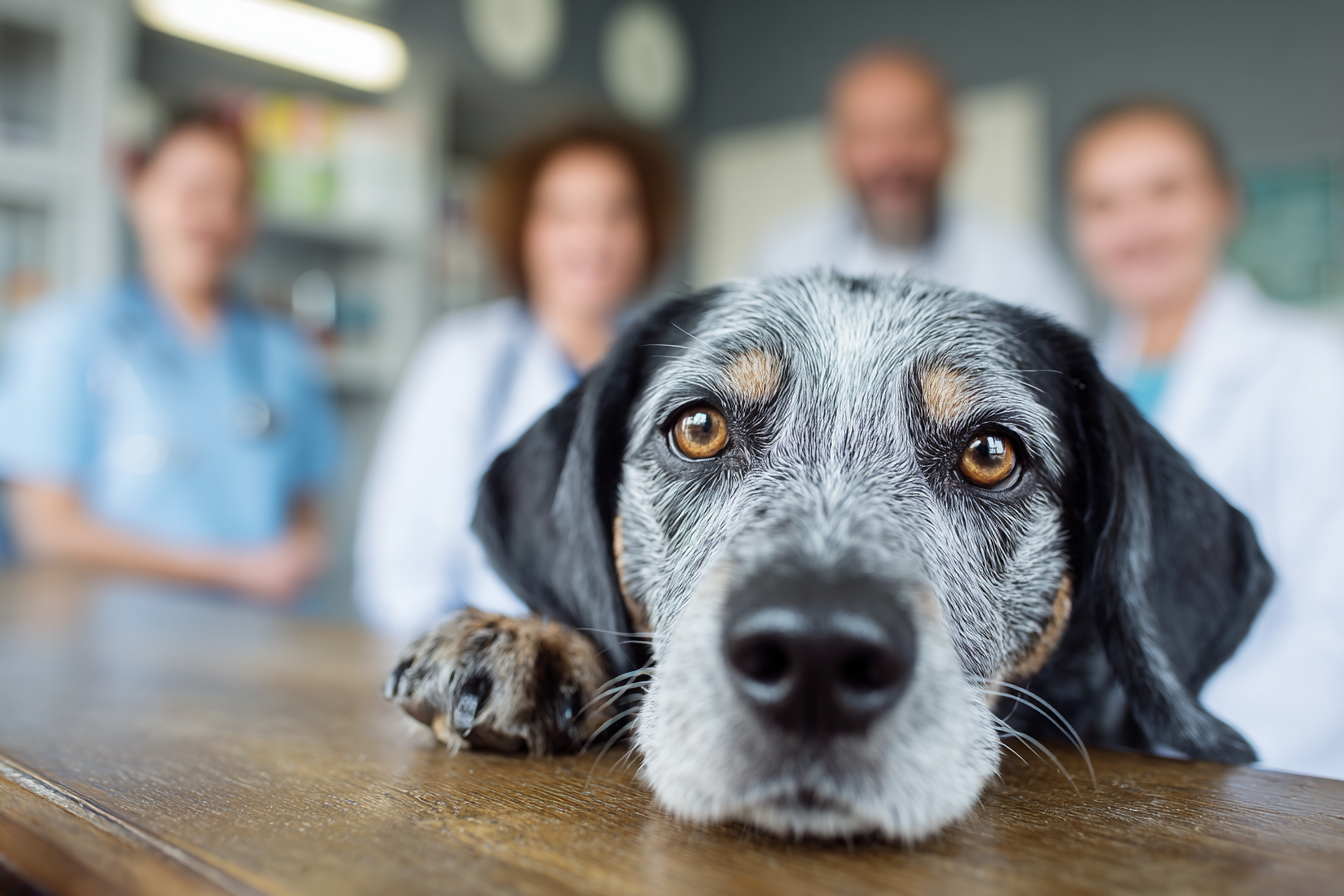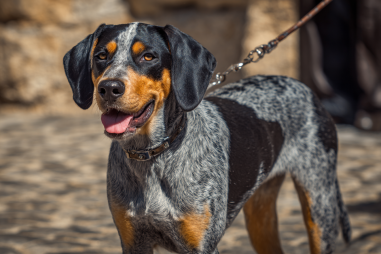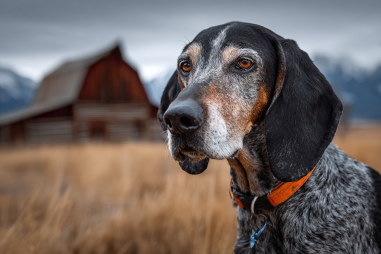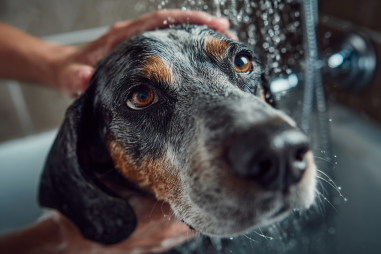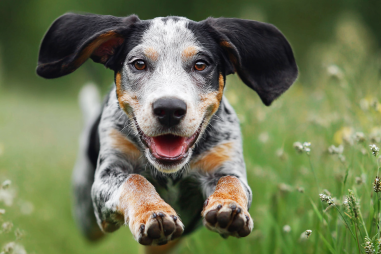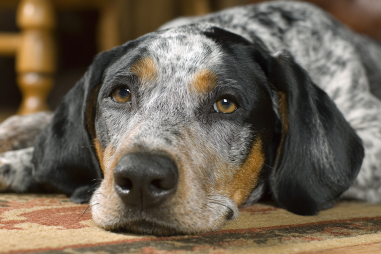The Bluetick Coonhound is a beloved breed known for its striking spotted coat, keen hunting instincts, and affectionate personality. Like all dogs, they have their share of health issues that owners should be vigilant about to ensure their furry companions live happy, active lives. Understanding these common Bluetick Coonhound health issues and how to prevent them is essential for every owner who wants to give their pet the best care possible. Let’s explore the main health concerns this breed faces and practical tips for keeping your Bluetick Coonhound in top shape.
Overview of Breed-Specific Health Concerns
Bluetick Coonhounds are generally sturdy dogs, but their active nature and genetics can predispose them to particular health challenges. Some of the most common concerns include hip dysplasia, ear infections, and certain eye conditions. Being proactive about these issues through regular vet checkups, proper diet, exercise, and hygiene can greatly reduce the risk or severity of problems. Additionally, understanding what signs to watch for helps in catching any health issues early on when they are easier to manage.
Hip Dysplasia and Joint Care
Hip dysplasia is one of the more frequent orthopedic problems found in Bluetick Coonhounds. It is a genetic condition where the hip joint doesn’t fit smoothly into the hip socket, leading to joint instability, pain, and eventually arthritis. Because Bluetick Coonhounds are active and athletic dogs, joint discomfort can significantly impact their mobility and quality of life.
To help prevent or manage hip dysplasia:
- Maintain a healthy weight: Excess weight puts added strain on the hips and joints.
- Exercise wisely: Regular moderate exercise strengthens muscles around the joints but avoid high-impact activities that could cause injury.
- Quality diet: Providing a balanced diet rich in omega-3 fatty acids and supplements like glucosamine and chondroitin may support joint health.
- Early screening: Responsible breeders will screen for hip dysplasia, so always inquire about the pup’s parentage.
- Vet interventions: In severe cases, your veterinarian might recommend treatments ranging from anti-inflammatory medications to surgery.
Ear Infections and Hygiene
One of the bluetick’s most distinctive features is its long, floppy ears, but those beautiful ears can also be a breeding ground for infections if not maintained properly. The folds and limited airflow in the ears create a warm, moist environment perfect for bacteria and yeast to thrive.
To keep ear infections at bay, regular ear care is key:
- Inspect your dog’s ears weekly for signs of redness, swelling, odor, or discharge.
- Clean the ears gently with a vet-approved ear cleaner—avoid using cotton swabs deep inside the ear canal.
- Dry ears thoroughly after swimming or bathing to prevent moisture buildup.
- Consult your vet promptly if you notice your Bluetick scratching their ears excessively or shaking their head.
Eye Conditions
Bluetick Coonhounds can be susceptible to several eye conditions, including entropion (where the eyelids roll inward), cherry eye (prolapse of the gland of the third eyelid), and progressive retinal atrophy (PRA), a degenerative disease that can lead to blindness.
Though some eye issues may be hereditary, regular eye exams can help detect problems early:
- Watch for signs like excessive tearing, squinting, redness, or discharge.
- Keep the area around the eyes clean to prevent irritation or infection.
- Schedule annual eye checkups with your veterinarian or a veterinary ophthalmologist.
Preventative Vet Care and Vaccinations
Preventative care forms the cornerstone of a healthy life for your Bluetick Coonhound. Alongside vaccinations, regular veterinary visits allow early identification and treatment of potential issues before they develop into serious conditions.
Some essential preventative steps include:
- Vaccinations: Keep up-to-date with core vaccines such as rabies, distemper, parvovirus, and canine adenovirus, as recommended by your vet.
- Parasite prevention: Use year-round flea, tick, and heartworm preventatives to protect your dog from these common pests.
- Dental care: Regular brushing and professional dental cleanings help prevent periodontal disease, which can affect overall health.
- Regular screenings: Routine blood tests and physical exams can help catch early signs of systemic diseases.
Signs to Watch For
Being attentive to your Bluetick Coonhound’s behaviors and physical condition allows you to spot health issues early. Some common warning signs include:
- Reluctance to move, stiffness, or limping, which might indicate joint or muscle problems.
- Frequent head shaking or scratching of the ears, a possible sign of ear infections.
- Red or irritated eyes, excessive tearing, or cloudiness in the eyes.
- Changes in appetite, weight loss, or unusual lumps and bumps.
- Lethargy, vomiting, or diarrhea that persists beyond a day or two.
If you observe any of these symptoms, it’s best to consult your veterinarian promptly to ensure timely care.
Helping Your Bluetick Coonhound Thrive
By understanding the common health challenges that Bluetick Coonhounds face and taking proactive steps in their care, you can greatly improve their chances of a long, happy life. Regular veterinary visits, attention to ear and eye hygiene, proper nutrition, and thoughtful exercise routines form the foundation of good health. Your attentive care and love will keep your Bluetick Coonhound not only looking great but feeling their best every day.

